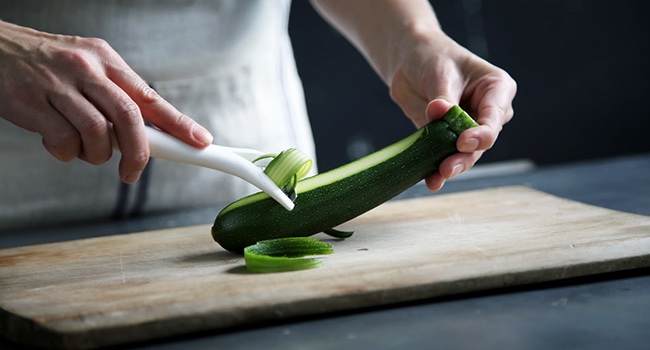
If you’ve ever started cooking a dish only to realize you didn’t have all the necessary ingredients or cookware, you know the frustration the situation can bring. At best, you’ve wasted a couple of minutes running around the kitchen. At worst, your dish ended up a total failure. And if you are a culinary arts student, that means you got a terrible grade, were embarrassed by the tragedy you served your chef, and have probably decided to go be an accountant or something.
Fortunately, spending some time organizing your workspace and planning your cooking process can eliminate unnecessary kitchen fumbles. In the culinary world, this preparation practice is known as mise en place. This French term means “everything in its place.” And that’s exactly what you’re aiming for.
While mise en place may sound simple, it’s a vital part of all successful kitchens and a required skill of talented chefs.

How to Practice Mise en Place
So, what is mise en place’s primary function? The goal is to have everything ready to go when it comes time to cook, bake, or assemble your final dish. This involves completing a few crucial steps prior to getting started.
Check the Recipe
First, carefully read over a recipe’s ingredients and take notes of necessary components and cookware. If you need to translate any measurements, do it now. Don’t try to do it in your head as you go along! Change measurements on the recipe itself (that way everyone in your cooking group knows you got the right amount). If you are following along with the demo carefully, you can do this step while your chef explains the recipe.
Gather Ingredients
Head to the pantry and cooler to obtain all your ingredients. Using your recipe as a guide, measure out the proper quantities. Place each of these ingredients in separate bowls so that they’re easy to grab when the time comes. Since most of the time we are cooking, you will be mis en placing your ingredients the day before, package your ingredients and label each one as your chef instructs, usually in small plastic bullets or quart containers.
Collect Your Tools
On your prep day, have one or two members of your cooking group round up all the tools you’ll need for prepping ingredients. If you’ll need a few different spoons, various types of knives, or any other basic utensils, make sure to grab multiples — you don’t want to be washing dishes or running to grab a new spoon while you’re in the middle of prepping!
On the day you are finishing the recipe and assembling the final dish, right at the start of class, have one or two members of your cooking group round up all the tools you’ll need for cooking and plating your masterpiece. While they do that, other members can be organizing the ingredients you measured out the day before.

Cook
When it comes time to actually prepare your dish, set out all your ingredients in the order you will use them, preferably on a sheet pan (to help keep your workstation neat and tidy). If your ingredients were wrapped up the day before, take off all the packaging. Set out the equipment you will be using as well, also in order.
Doing these two things will make your cooking experience MUCH less stressful and will enable you to put your focus where it SHOULD be (making delicious food) and not where it DOESN’T need to be (finding a 1/2 cup measure at the last minute).

The History of Mise en Place
While mise en place is now ingrained in kitchens across the world, this wasn’t always the case. Near the middle of the 19th century, Auguste Escoffier, a former soldier, entered the culinary world. As he advanced through kitchens, he used his experience with strict military systems and clear rules to develop the mise en place system. At first, not everyone agreed with Escoffier’s rigid organizational methods. However, once they saw how mise en place helped with kitchen workflow, these previous naysayers adopted the practice. Today, this technique is one of the foundations of any functioning kitchen.
Go deeper
Podcast: “For A More Ordered Life, Organize Like A Chef”
